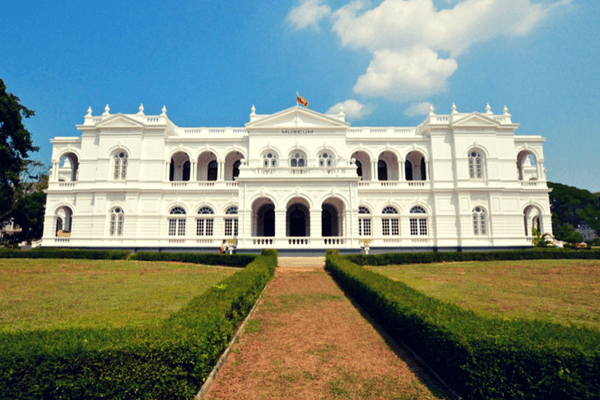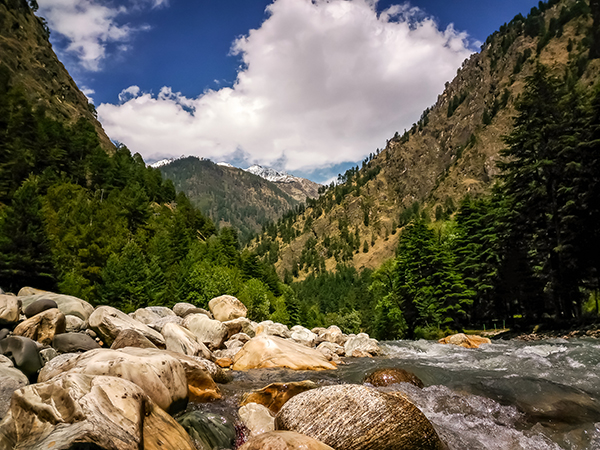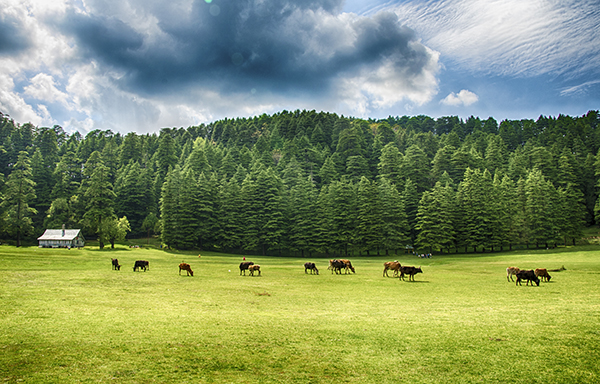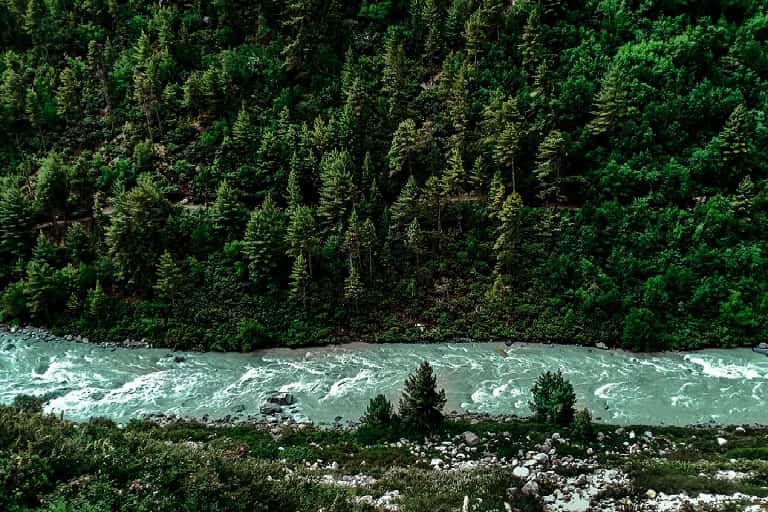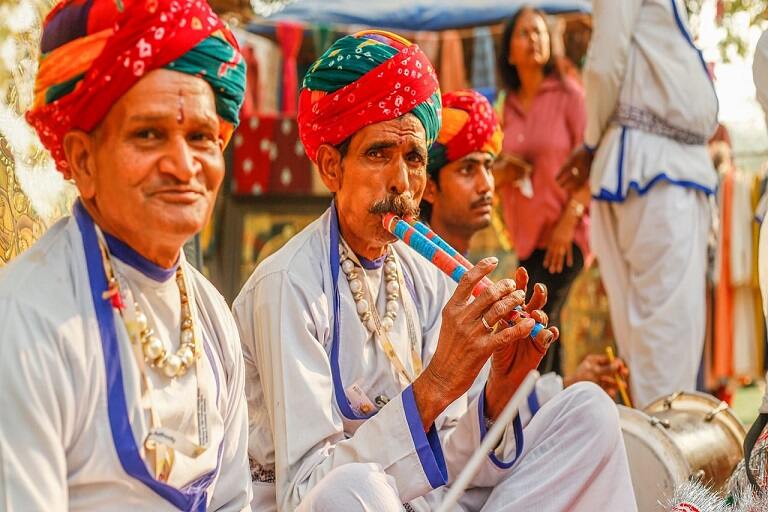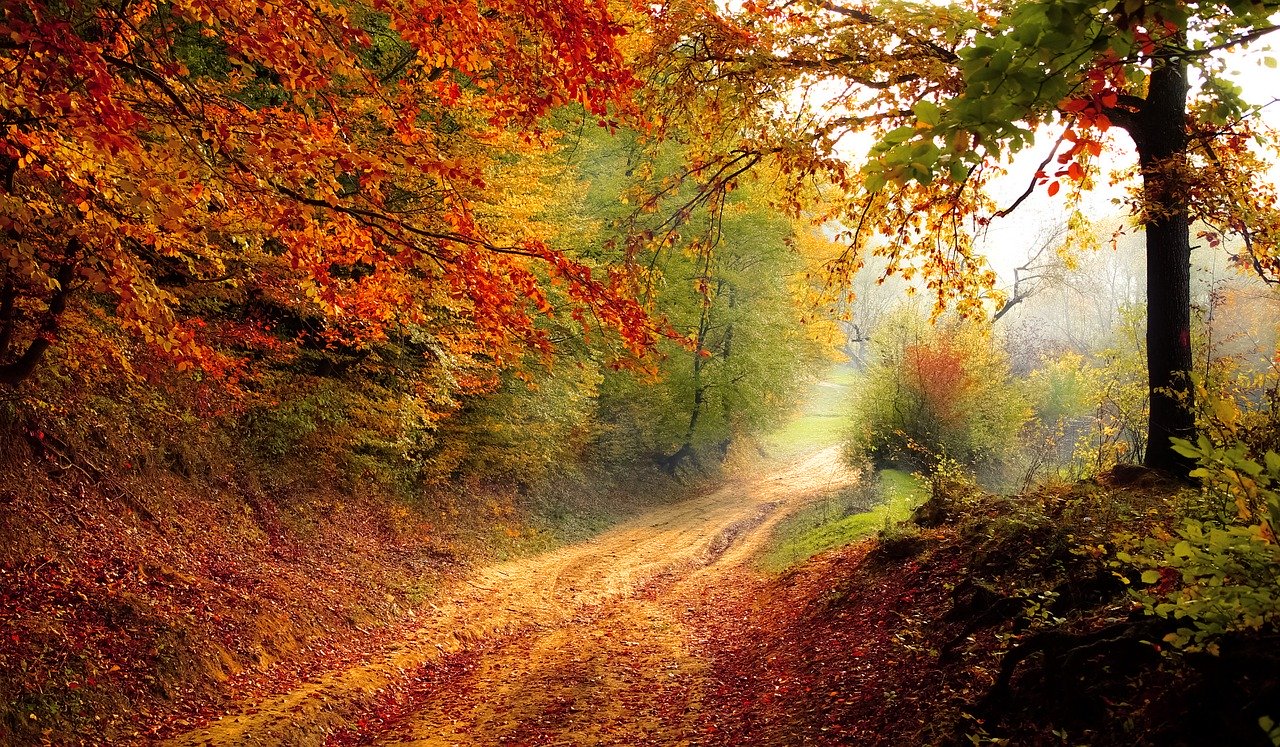
How to do Travel Photography – A Complete Guide for Next Trip
Table of contents
We all want to take the best photos when we go on a holiday – to look back, and remember, everything about those special moments. The people, atmosphere, sights, colors, emotions and every memory related to travel can be captured into a photo. But simply any photo is not enough. A good photo brings back all memories. So, here are 12 travel photography tips to start taking better travel photos on your next trip!
1. Golden hours are best hours
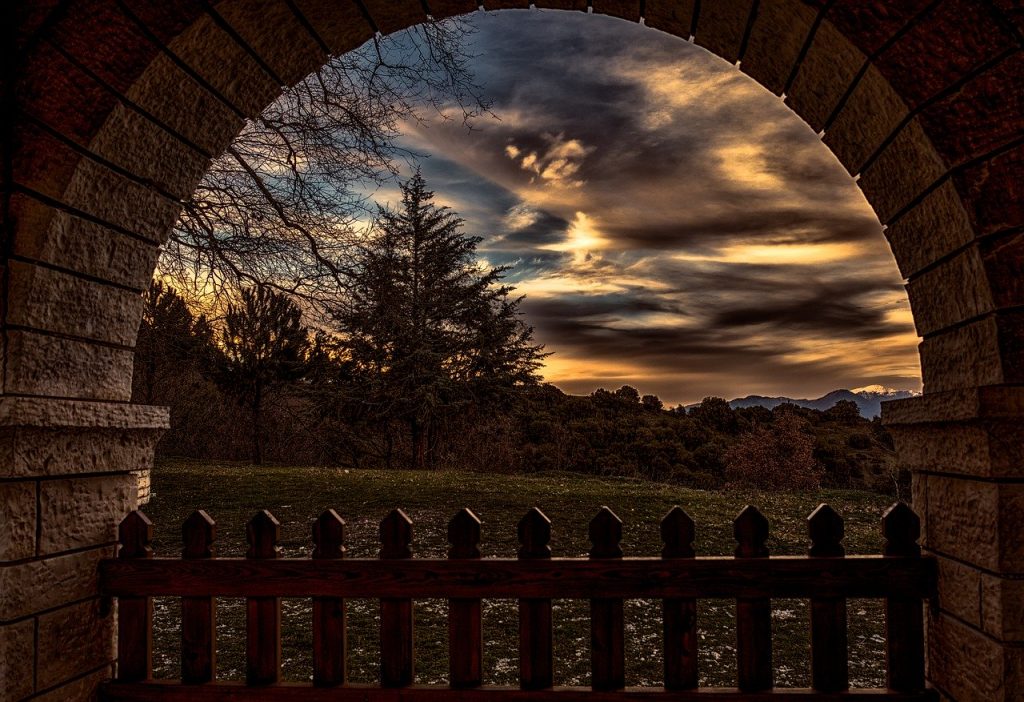
Period of time of sunrise and sunset is called golden hours. The sun is calmer, the shadows are light, and environment is still. This is the perfect time to shoot your photos. Make sure to rise early to beat the tourists. This is specially true if you are shooting a famous spot. The earlier you arrive, the more likely you are to get a picture without hundreds of tourists crowding the photo.
2. Pre plan the destinations
Where ever you are going, plan first. This will save a lot of time that you can utilize for photography. Google maps, Pinterest, Instagram etc. Will help you to understand the place, distance between two places, weather, safety precautions and lot more.
3. Talk to Locals
Sometimes the best discoveries are places that you didn’t even know were on the map to begin with! A secret street, a hidden cave, a lost temple. If you want to add a differentiating factor, talk to locals and get their advise. A local has more understanding of his / her place than you’ll ever have. You might find, what no one else ever did, who knows!
4. Add human elements

Travel photography is not just about streets and surroundings. It is also about the people, the culture and the experience. This can only be captured when you add human elements. So, how to get those amazing portrait photos? Simple – politely ask for permission.
If you just see a great opportunity to capture a wonderful portrait, give them a big smile and ask if it’s ok to take their photo. Make them comfortable, relaxed, talk to them and you might end up getting even more photos than you planned for.
5. Patience is everything
All professional photographers have one thing in common. Patience! They wait for perfect spot, time, opportunity. Its also not just about the click, but clicking till you get it right. Many best photographs in the world are 100th or even 1000th photo attempted after waiting for hours.
Good photography takes time. The more patience you have, the better your travel photography will turn out in the long run. Keep this in mind when you plan your trip (tip #2)
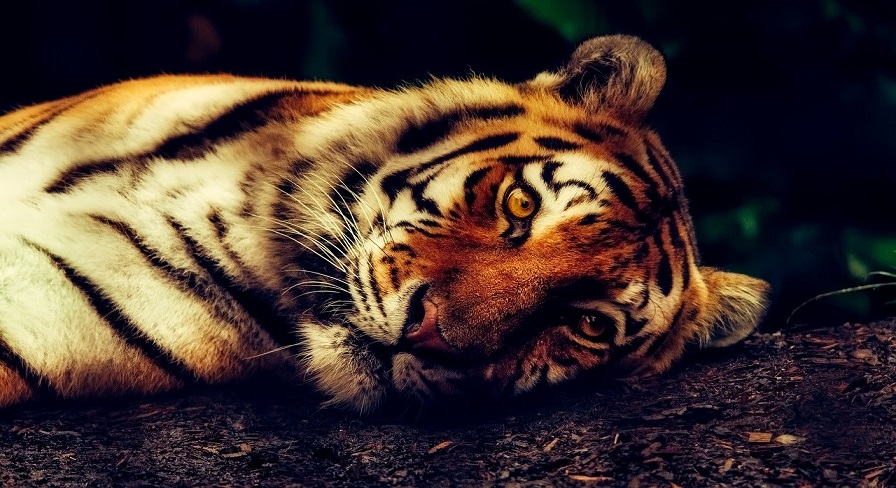
6. Know your lenses
Camera lenses defines your photos in a better way. Make sure to pack the right lens. For start, you can opt for a fast zoom such as an 18-200mm or 28-300m etc.
When you gain knowledge on how lenses make your photos, carry these – portrait prime lens (e.g. 50mm or 85mm), a wide angle lens (e.g. 10-24mm) and a telephoto (e.g. 70-200mm).
7. Tripod is your friend
A tripod allows your camera to be still. With the camera fixed, you can take your time to arrange the perfect composition like exposure settings, focus points, ISO etc. Tripods give you the ability to shoot events at slower time like waterfalls, low-light, stars, etc. without worrying about hand-held camera shake.
8. Rule of thirds
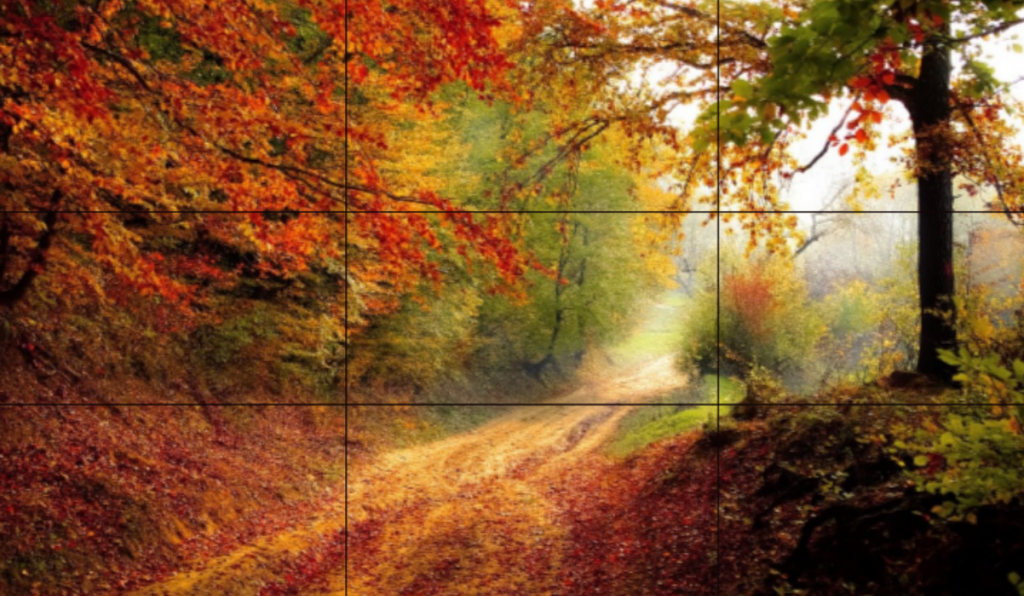
The most basic and probably the first rule you learn in photography is the rule of third. Imagine breaking an image down into thirds horizontally and vertically, so it’s split into 9 different sections/grids. These grids help you create more balanced compositions.
Place the important parts of the photo into those cross sections and help frame the overall image in a way that’s pleasing to the eye. Many cameras has setting to ‘on’ this grid. Use this.
9. Manual mode is the best mode
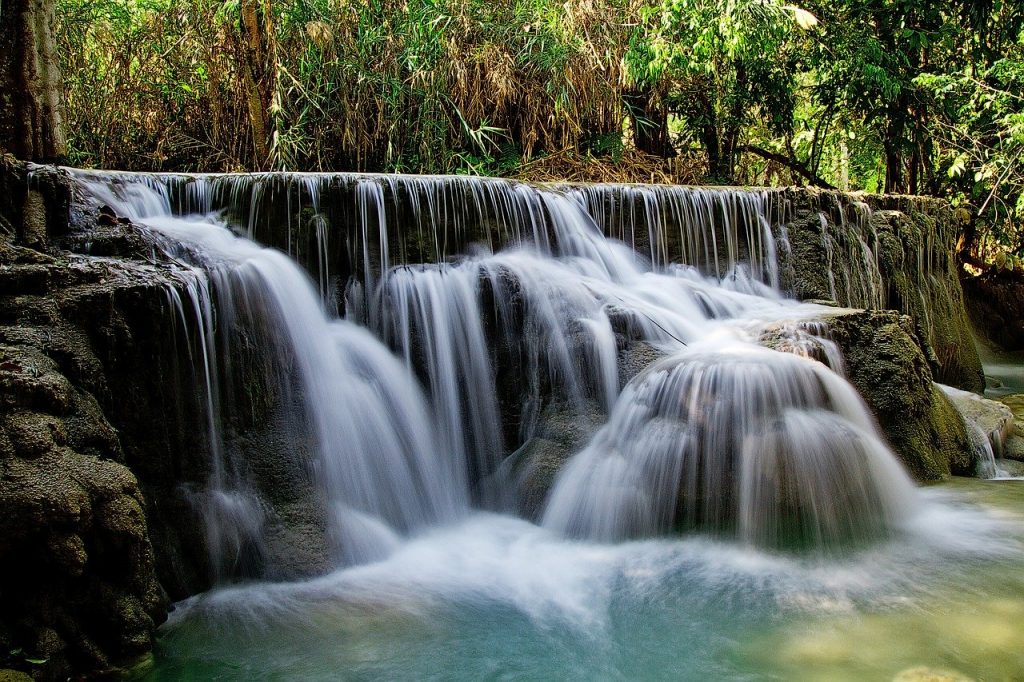
Cameras of today do a good job in auto mode, stabilizing images and capturing colors. But, if you want truly stunning images, you need to learn concepts like aperture, ISO, shutter speed, focal point etc. This will help you to manually control your camera’s settings yourself.
To do this, switch your camera’s dial into Manual Mode. This mode gives you much more control of the images in different situations.
By manually adjusting aperture, you’ll have more control over the depth of field (the blurr in background).
By manually controlling shutter speed, you’ll be able to capture motion in more creative ways. High shutter speed let’s you capture details like things that happen in micro second, like split of a drop while low shutter speed gives control over motion, like images of waterfall, or motion of stars.
By manually controlling ISO, you’ll be able to reduce the noise of your images and deal with tricky lighting situations. These are small pixels that gives unclear image. To get the better image, keep ISO setting to low.
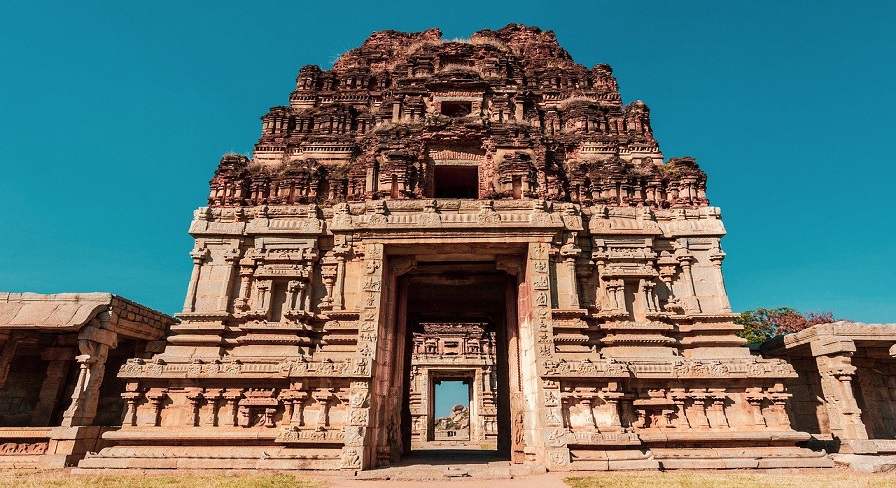
10. Camera is not everything
The best way to get to know your camera and how light works is to have complete control over what settings you choose. The camera is only as good as person behind the camera. It will take months of practice to understand how your camera handles lights and lenses. But once perfected, you’ll instantly know what aperture, ISO and shutter speed to use to get the exact style of image you’re looking for.
11. Have a backup
A backup is as essential as a step as traveling or photography. The backup workflow includes an external hard drive backup of RAW camera files, as well as online backup of images. You may also want a backup of final edited images. This becomes necessary in case there are any unfortunate circumstances like accidently deleting photo, formatting, memory card getting corrupted, camera been stolen. To avoid this, a backup is always necessary.
12. Post processing and editing tools are friends
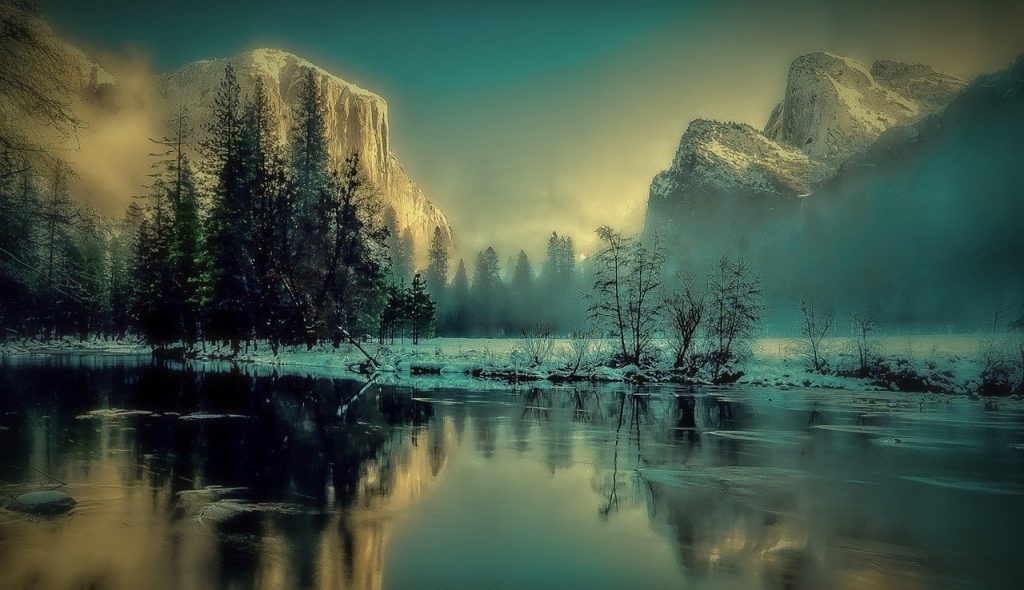
If you really want to get the most out of your travel photography, you should start post processing the photos. To begin, you can use apps and simple tools. Once you get hang of composition, editing images, understanding technicalities, you can explore advance tools like Lightroom or Photoshop.
So, what are you waiting for? Pack your bag and camera, and embark on your photographic and memorable journey today!

Table of contents
Trending blogs for you
 18002099100
18002099100



